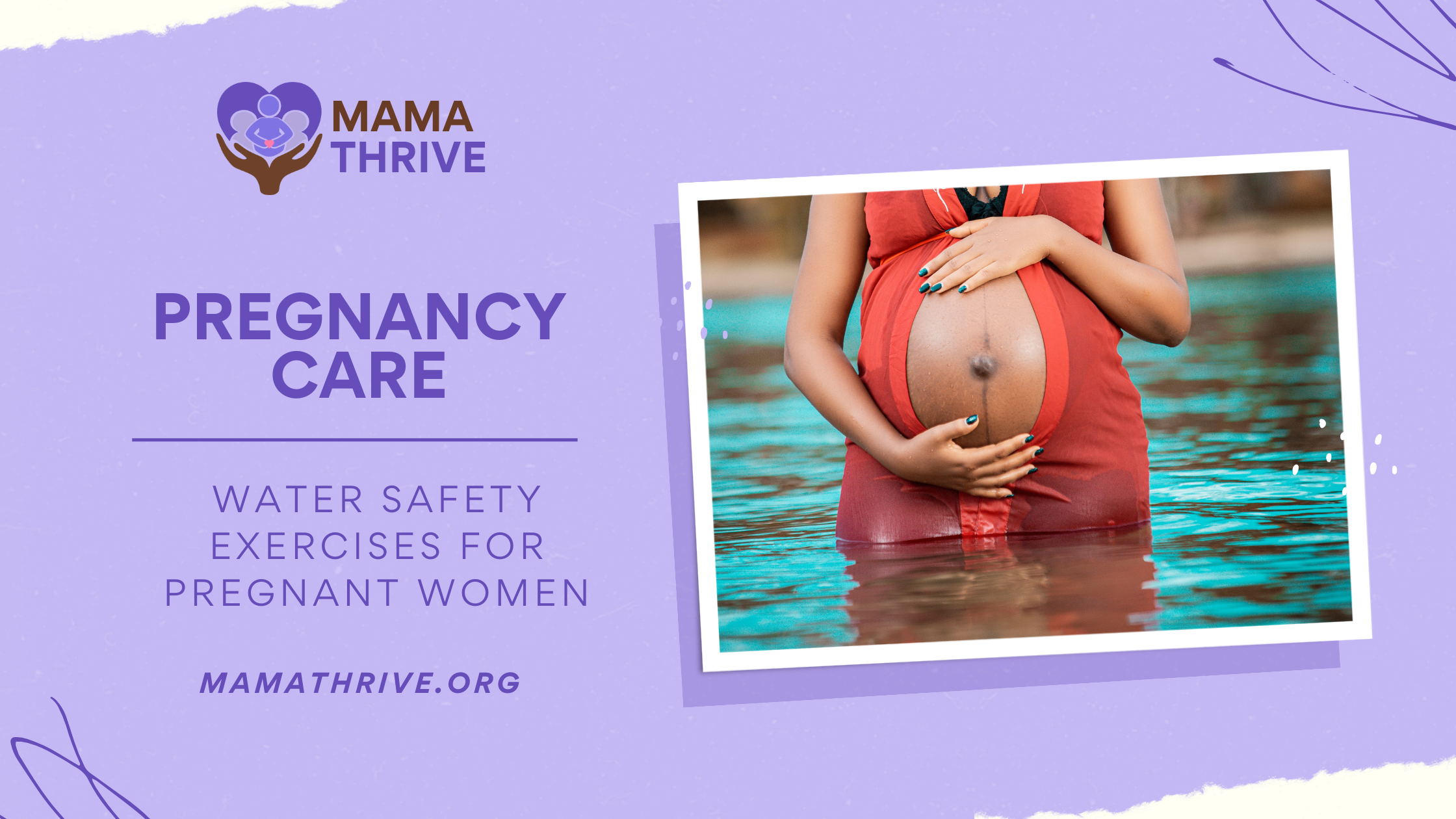Did you know that pregnant women who avoid holding their breath while swimming can significantly reduce the risk of negatively affecting their baby? This surprising statistic underscores the importance of prioritizing water safety during pregnancy. Swimming and other water-based exercises can provide tremendous benefits for expectant mothers, from relieving common aches and pains to preparing the body for labor and delivery.
Key Takeaways
- Swimming and water-based exercises can offer a safe, low-impact workout for pregnant women.
- Water-based activities can help alleviate common pregnancy-related issues like muscle pain, back pain, and swelling.
- Consulting with a healthcare provider is crucial to ensure the safety of any exercise routine during pregnancy.
- Avoiding overheating, certain activities, and listening to your body’s signals are essential for a healthy, safe workout.
- Regular exercise during pregnancy can help reduce the risk of a cesarean delivery.
The Benefits of Swimming During Pregnancy
Expecting mothers can enjoy a multitude of benefits by incorporating swimming into their prenatal fitness routine. The water’s buoyancy provides essential relief, reducing the usual stress on the musculoskeletal system and supporting the weight of the growing fetus, taking a load off the lower back.
According to the American College of Obstetricians and Gynecologists (ACOG), swimming is considered one of the safest forms of exercise during pregnancy. The workout regimen designed by Antigone Cook, a prenatal fitness instructor, offers exercises suitable for every fitness level and stage of pregnancy.
The water’s gentle support allows for continued water walking or running throughout the pregnancy, while maintaining a moderate intensity level of 3 to 5 on an exertion scale of 10. A comfortable pool temperature between 85–87 degrees Fahrenheit is recommended for these pregnancy workouts.
Furthermore, swimming can help in maintaining endurance and muscle strength during in vitro fertilization (IVF) due to activity restrictions. Swimming in pool water during pregnancy may decrease the risk of preterm delivery or congenital malformations compared to non-exercisers.
Expecting mothers can also experience the benefits of better sleep, pain relief, and potential neurological development for their unborn babies through regular swimming sessions. The benefits of swimming while pregnant, pregnancy water exercise benefits, and advantages of swimming for pregnant women make it a highly recommended activity for a healthy pregnancy.
In conclusion, swimming during pregnancy offers numerous advantages for both the mother and the developing baby. From reducing stress on the body to enhancing strength and endurance, this low-impact exercise is an excellent choice for expectant mothers looking to maintain their physical and mental well-being throughout their pregnancy journey.
Staying Safe While Swimming Pregnant
Swimming can be a wonderful way for expectant mothers to stay active and healthy during pregnancy. However, it’s important to take certain precautions to ensure the safety of both you and your baby. By following these tips, you can enjoy the benefits of swimming while minimizing any potential risks.
First and foremost, it’s crucial to research the body of water before diving in. Stick to properly chlorinated pools to avoid the risk of waterborne illnesses. Hot tubs, on the other hand, should be avoided altogether, as spending more than 10 minutes in a hot tub can raise your body temperature above 101 degrees Fahrenheit, which can be harmful to your developing baby.
When entering the water, go slowly and allow your stomach to become fully submerged. Avoid diving, as the impact can be risky for pregnant women. Staying hydrated and fueling up with a light snack at least 30 minutes before swimming are also important safety measures.
- Research the body of water and choose properly chlorinated pools
- Avoid hot tubs, as they can raise your body temperature to unsafe levels
- Enter the water slowly and avoid diving
- Stay hydrated and have a light snack before swimming
Additionally, be mindful of your changing center of gravity and take extra care when walking on slippery surfaces around the pool. Wearing maternity swimwear, such as two-piece suits or tankinis, can provide comfort and flexibility as your belly grows.
| Precaution | Importance |
|---|---|
| Properly chlorinated pools | To avoid waterborne illnesses during pregnancy |
| Avoid hot tubs | Spending more than 10 minutes can raise body temperature above 101 degrees Fahrenheit, posing risks |
| Enter water slowly | Allow your stomach to become fully submerged and avoid diving |
| Stay hydrated and fueled | Consume about 300 extra calories in the second trimester and 500 in the third trimester |
| Cautious of center of gravity | Take extra care when walking on slippery surfaces around the pool |
By following these safety tips, you can enjoy the many benefits of swimming during your pregnancy while prioritizing the health and well-being of both you and your baby. Always remember to consult your healthcare provider for personalized advice and guidance.
water safety exercises for a Healthy Pregnancy
Pregnant women can incorporate a variety of water-based exercises into their routine to maintain fitness and prepare for childbirth. Shallow-water exercises, such as walking or running forward and backward across the pool, shallow-water jumping jacks, and opposite elbow to knee movements, can strengthen the lower body, core, and upper body without putting too much stress on the joints. These exercises can be done for 20-30 minutes, three to six days per week, and can be continued throughout the entire pregnancy.
For a more challenging workout, pregnant women can try deep-water exercises that utilize a buoyancy belt. These exercises, such as cross-country skiing, jumping jacks, and forward and backward running, work the upper body, core, and lower body, and can be done three to six times a week or incorporated into a cross-training routine. As the pregnancy progresses, the deep-water program may become more comfortable than the shallow-water exercises.
According to CDC, up to 80% of a pregnant woman’s body weight can be removed in water, providing relief from back pain during pregnancy. Exercising just one time per week in water can reduce back pain during pregnancy by up to 50% compared to land-based exercises. Additionally, water therapy can reduce a pregnant woman’s weight by up to 80%, making movement easier and decreasing pain.
Aquatic exercise can also lead to less fetal heart rate changes during exertion compared to land exercise. Clinical studies have shown that aquatic exercise programs during pregnancy can significantly reduce physical discomfort, improve mobility, body image, and health-promoting behaviors. Aquatic-aerobic exercise during pregnancy can promote stress reduction and contribute to a healthy pregnancy experience.
It’s important for pregnant women to consult their medical professionals before engaging in swimming or any exercise during pregnancy. They should focus on long-term health and fitness goals, rather than maintaining or increasing fitness levels, and modify exercises to accommodate rapid bodily changes.
By incorporating water-based exercises into their routine, pregnant women can experience the benefits of reduced stress on the joints, improved mobility, and a healthier pregnancy experience.
Pool Workout for Expectant Moms
Staying active during pregnancy is crucial for the health and wellbeing of both the expectant mother and the baby. One of the most beneficial forms of exercise for pregnant women is swimming and other water-based activities. A well-rounded pool workout can help expectant moms maintain strength, stability, and cardiovascular fitness throughout their pregnancy.
Pregnant women can create a balanced pool workout by incorporating a variety of shallow-water, deep-water, and swimming exercises. For beginners or those with limited swimming experience, water aerobics classes or a simple routine of alternating different strokes and kicking exercises can be a great starting point. More experienced swimmers can aim for a 2,000-yard swim, incorporating intervals of moderate-paced laps, form-focused laps, and speed-focused laps, as well as kickboard exercises.
Regardless of fitness level, it is crucial for pregnant women to listen to their bodies, maintain a moderate intensity, and be prepared to stop the workout if they experience any concerning symptoms such as dizziness, shortness of breath, or unusual pain or discomfort. Pool workouts for expectant moms should not exceed 60 minutes to avoid overexertion, and it is advisable to have a lifeguard present while exercising in the water, regardless of comfort level.
The buoyancy of water can mask the intensity of the workout, so pregnant women engaging in water exercises should be cautious and monitor their perceived exertion. A suggested routine could include the following exercises, with 10 repetitions of each and the circuit repeated three times:
- Cardio exercises: Walking, running, jogging in the water
- Lower body exercises: Knee kicks, frog kicks, leg lifts
- Upper body exercises: Bicep curls, tricep extensions, chest presses, pool pushups
These exercises target various muscle groups and provide a well-rounded workout that can help improve cardiovascular health, muscle strength, and overall prenatal fitness. Swimming during pregnancy has been shown to reduce the risk of preterm birth and other negative outcomes, making it a safe and effective way for expectant moms to stay active and healthy.
| Exercise | Description | Benefits |
|---|---|---|
| Walking in the water | Walk forward and backward in the shallow end, either with or without the use of a kickboard for added resistance. | Low-impact cardio exercise that strengthens the legs and core. |
| Pool Pushups | Place your hands on the pool’s edge and perform pushups, keeping your body in a straight line. | Strengthens the upper body, including the chest, shoulders, and arms. |
| Frog Kicks | Float on your back and use a kickboard to perform frog-like kicks, bringing your knees toward your chest. | Targets the inner thighs and glutes, promoting lower body strength and flexibility. |
Conclusion
Swimming and other water-based exercises offer a safe and effective way for pregnant women in the United States to stay active and prepare for childbirth. By taking the necessary precautions, such as avoiding hot tubs, entering the water slowly, and staying hydrated, pregnant women can enjoy the many benefits of aquatic exercise, including relief from common pregnancy aches and pains, improved cardiovascular fitness, and stronger muscles to support the demands of labor and delivery.





